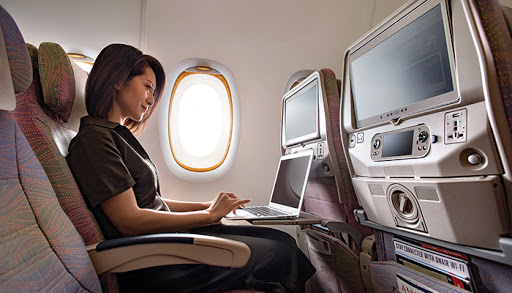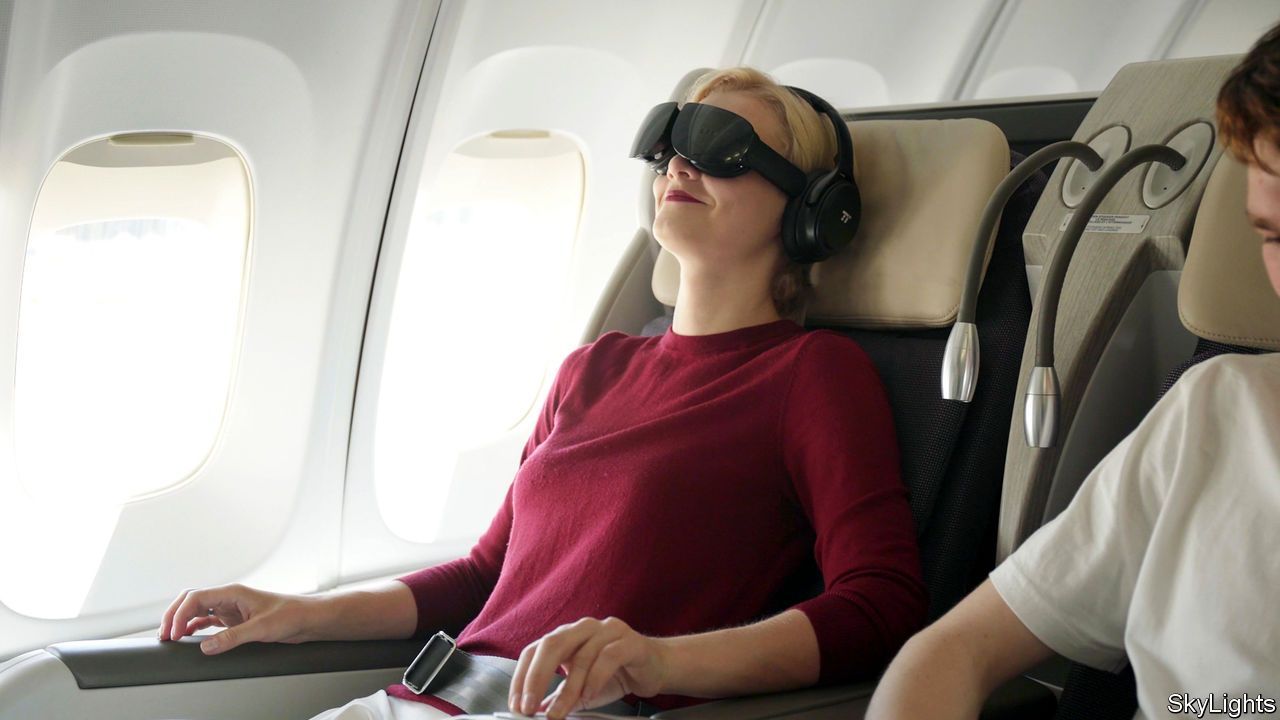
Ten Technologies Airport Should Keep an Eye On – Part III
Ten Technologies Airport Should Keep an Eye On – Part III
Finally, we made to the last three interesting topics of Ten Technologies Airport Should Keep an Eye On as theses followings.
Pioneering commercial partnerships
Commercial partnerships are relationships between business entities and other parties that increase the likelihood of the former acquiring large volumes of new business and access to new client opportunities. As part of the efforts to find innovative ways to best serve passengers, airports are increasingly investing in strategic partnerships with some of today’s leading forces in retail and customer service.
Last year, Dubai International Airport became the first airport to partner with Deliveroo, one of the world leaders in food delivery. DeliverooDXB – the unique concept which was piloted at the airport, aided passengers to get fresh food delivered straight to their boarding gates within a few minutes of ordering.
The Director of Consumer Products & Services at Amsterdam Airport Schiphol, stated that one of the motivations was to explore a more practical side, as it could potentially help the airport overcome the fact that space for additional catering outlets is limited. There is also some speculation that the recently introduced Amazon Go concept could soon appear at airports. Indeed, Amazon Go’s slogan “No Lines, No Checkout” would seem to be an ideal fit for the airport environment.
Choosing the right type of commercial partner, market understanding, competitive, and business organizational challenges faced by airports are important that a partnership is mutually beneficial and that each company complements the other’s brand ethos.

Onboard Connectivity
The future of the inflight connectivity industry is progressive, with an increasing number of airlines seeking to digitize their inflight experience in order to stay significant. This demand is driving a real step-change in terms of the quality of connectivity to be offered. More than eighty airlines around the world now provide inflight Wi-Fi and the number of airlines rolling out inflight connectivity (IFC) continues to rise. Certainly, this is good news for passengers, who are becoming more and more dependent on connectivity. Beyond the obvious benefits for passengers, also lies the potential for a strong financial driver for airlines in parallel.
A market of 450 million passengers currently unengaged with traditional airline loyalty schemes, who could be driven to switch commitment for high quality Wi-Fi up in the air. The study has estimated that this can drive a massive $33 billion share alteration – equal to 6% of total market share – that can create enormous opportunities for airlines adapting to the “always-on” passenger behavior – Dominic Walters, Vice President Marketing Communications & Strategy, Inmarsat Aviation presented findings from the final instalment of the Sky High Economics report stated.
It comes as no surprise that the Asian consumer has become a big focus for the airline, as the trend shows that ancillary revenues are higher on Asian routes. Sari Nevanlinna, Head of Ancillary Business, Customer Experience, Finnair previously told FTE: “Localisation is really important to catch the attention of our Asian customers.” To target Chinese shoppers, Finnair has also launched Alipay and is making efforts to localise the tone of voice of its marketing strategy, and enter local platforms such as WeChat.

Immersive Experience
An immersive experience is an unreal environment that completely surrounds you such that you feel that you are inside it and part of it. Today, in-flight entertainment is getting ready to take off again with technology that’s set to bring a new lease of life to airport lounges and aircraft.
Augmented reality (AR) and Virtual reality (VR) in aviation enable smoother and efficient operations that lead to cost savings in aviation functions such as manufacturing, maintenance, airport operations, airline operations, aviation training, among others. AR and VR provide an immersive and interactive approach that connects the aviation ecosystem to improve the efficiency of various tasks. The smoother airport and airline operations lead to more revenue as aircraft spend less time out of service and more time flying.
In 2018, Lufthansa trialled Avegant’s Glyph video glasses in the business lounge at Frankfurt Airport, offering passengers a cinema experience. Back in 2017, the glasses were awarded the Innovation Award Honoree at the CES technology tradeshow.
Lufthansa has focused on VR as a way to engage passengers. Part of another trial in 2017, saw economy class passengers experience premium economy class through an immersive VR experience. Lufthansa spokesperson Florian Graenzdoerffer says virtual reality opens up new possibilities of representation. “While a photo or video faithfully reproduces travel destinations, VR applications also arouse additional emotions,” he says.
Look around in an airplane today. Almost every traveller has a smartphone or tablet in his hands. In a few years, it may be VR glasses – we have to be prepared for this with our content on board.


